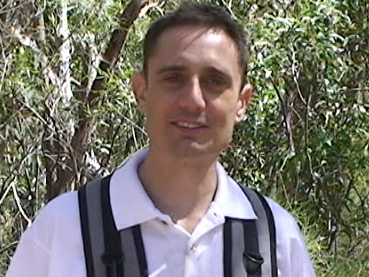In my experience, in Conduct mode, Channel 1 and 2 are the best. However, Channel 1 is often unavailable due to EMI.
In Ferrous mode, Channel 3 and 4 seem best.
The differences are only apparent when running the machine flat out (hot as possible: 27, 28, 29.) And you have to be set on 1-Tone or 2 Tone. Multi seems to have much less depth.
In Ferrous mode, Channel 3 and 4 seem best.
The differences are only apparent when running the machine flat out (hot as possible: 27, 28, 29.) And you have to be set on 1-Tone or 2 Tone. Multi seems to have much less depth.

